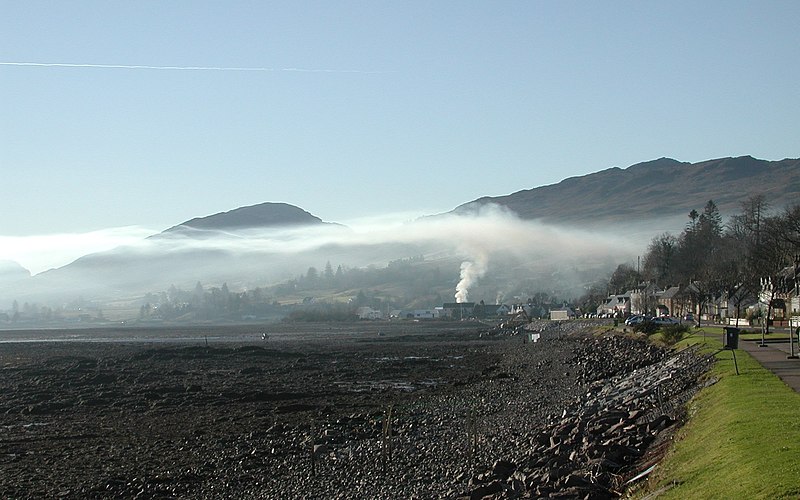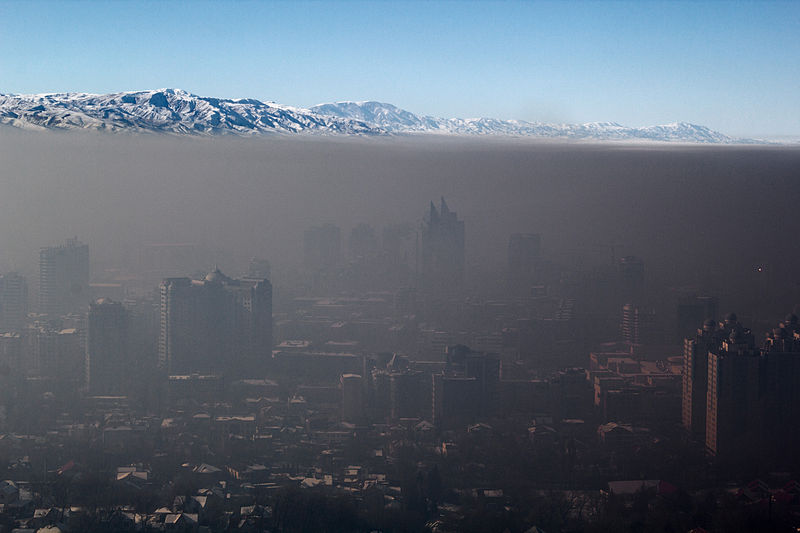Inversion of temperature in Geography
Usually, the temperature decreases as the elevation increases. It is known as the Normal Lapse Rate.
Sometimes, this situation is reversed and the Normal Lapse Rate is inverted. It is called Inversion of Temperature in Geography.
It is the rate at which an atmosphere variable, the normal temperature in the atmosphere falls with altitude. A lapse in the sense is a gradual fall. That is in the dry air, the adiabatic lapse rate is 9.8 °C/km. It refers to the vertical component of the spatial gradient of temperature. This concept is mostly applied to the earth’s troposphere.

The Temperature inversion is also known as Thermal Inversion. It is a reversal of the behaviour of temperature in the Troposphere. In which the layer of cool air at the surface is overlaid by a layer of warmer air. The inversion is mostly of short duration and quite common.
“The ideal situation for inversion is long winter night with clear skies and still air.”
The day’s heat radiated off during the night. And during the early morning hours, the earth is cooler than the air above it. In polar areas, the temperature inversion is normal throughout the years.
Surface Inversion
The surface inversion promotes stability in the atmosphere’s lower layers. Then the lower strata of the atmosphere are filled with smoke and dust. This smoke and dust get collected under the inversion layer and spread horizontally.
During the Winter, the dense fogs in the morning are common. It lasts for a few hours until the sun warms the earth.
Air Drainage
The Dense fog also occurs in mountains and hills because of the Air Drainage. Then the cold air from the mountains and hills, which are produced at the night flows under the effect of gravity.
The cold air is heavy and dense. It acts like water and flows down the slope to pile up deeply in valley bottoms with warm air above. This phenomenon is called Air drainage and it protects plants from frost damage.
The harmful effect of temperature inversions
May result in deadly smog concentrations. When it lasts for several days, it may cause a build-up of pollution. When this pollution is prolonged, it severely affects the health of livings beings.
Conclusion
This article is written on the topic ‘temperature inversion upsc‘. This post is referred to the Ncert Geography book.
FAQ
What is DALR?
It is the rate at which the temperature of unsaturated air, becomes saturated and behaves like dry air. DALR is almost 3°C/1000 feet
